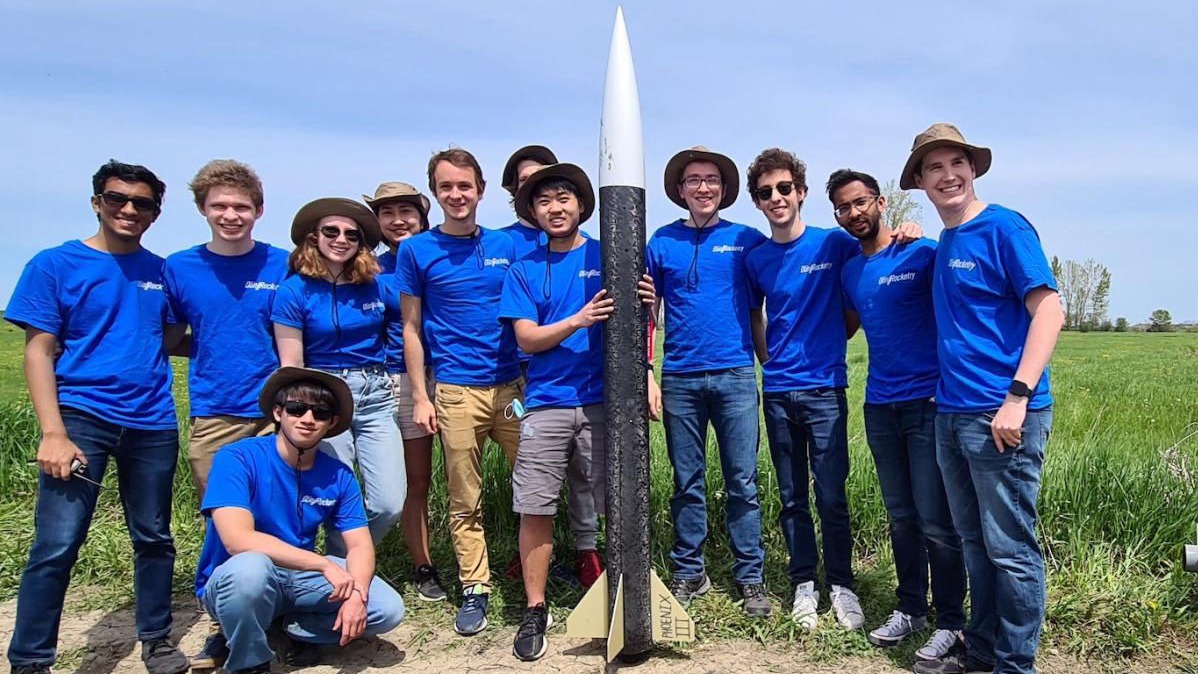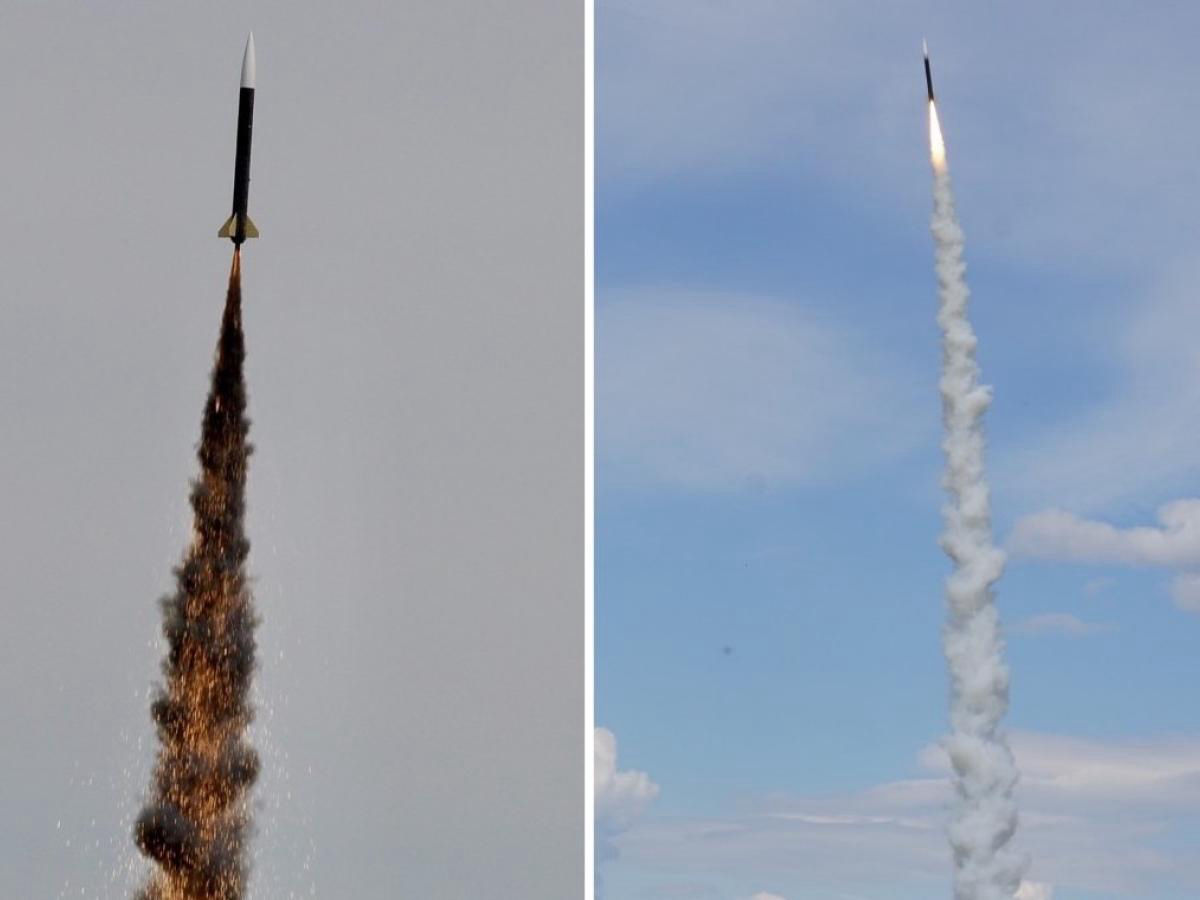The Challenge
Reaching a 10,000 ft altitude with a high-powered rocket presented several significant challenges:
- Designing and building during the COVID-19 pandemic with team members studying remotely
- Organizing effective collaboration between experienced team members and first-year students
- Obtaining necessary certifications and clearances for high-altitude launches
- Managing logistical issues of transporting team members and equipment to Vermont
- Addressing last-minute technical issues such as engine fitting problems

